Whether you’re a competitive equestrian or a weekend trail rider, introducing a new saddle to your horse requires patience, attention to detail, and a methodical approach. Horses, like humans, develop muscle memory and comfort with familiar equipment. Abruptly switching to a new saddle can cause physical discomfort, behavioral issues, and even performance problems. This comprehensive guide will walk you through the process of transitioning your equine partner to a new saddle safely and comfortably, ensuring that both horse and rider can enjoy their time together without unnecessary stress or pain.
Understanding Why Proper Saddle Introduction Matters

A horse’s back is incredibly sensitive, with a complex structure of muscles, ligaments, and nerves that can be easily injured by an ill-fitting or improperly introduced saddle. When a horse has grown accustomed to a particular saddle, their muscles have adapted to its specific pressure points and weight distribution. Suddenly changing this familiar setup can cause muscle soreness, pinching, pressure points, or even nerve damage if not done correctly. Additionally, horses are creatures of habit and can become anxious or resistant when their routine or equipment changes dramatically. Taking the time to properly introduce a new saddle isn’t just about physical comfort—it’s about respecting your horse’s mental well-being and preserving your partnership.
Selecting the Right Saddle Before Introduction
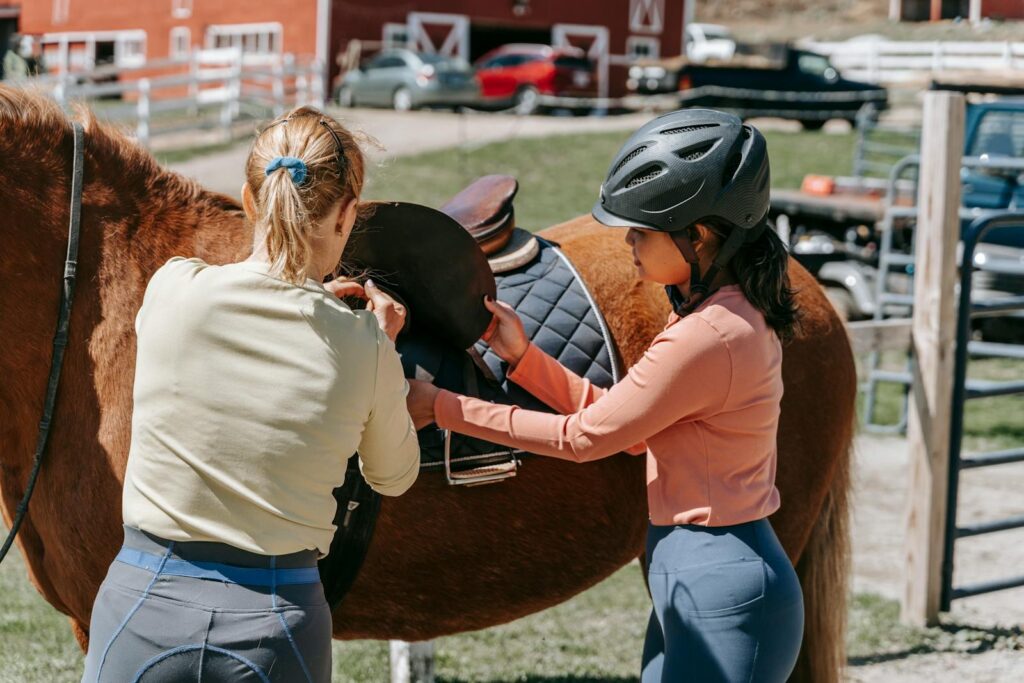
Before you begin the introduction process, ensure you’ve selected a saddle that’s appropriate for both your horse’s conformation and your riding discipline. Consulting with a professional saddle fitter is highly recommended, as they can evaluate your horse’s back shape, shoulder movement, and muscle development to suggest suitable options. Consider factors such as tree width, panel shape, seat size, and flocking material—all of which significantly impact how the saddle will feel to both horse and rider. Remember, a saddle that fits perfectly on one horse may be completely unsuitable for another, even within the same breed. Investing time in proper fitting before purchase can save you considerable frustration during the introduction process and potentially prevent costly veterinary bills later on.
Preparing Your Horse’s Back for a New Saddle
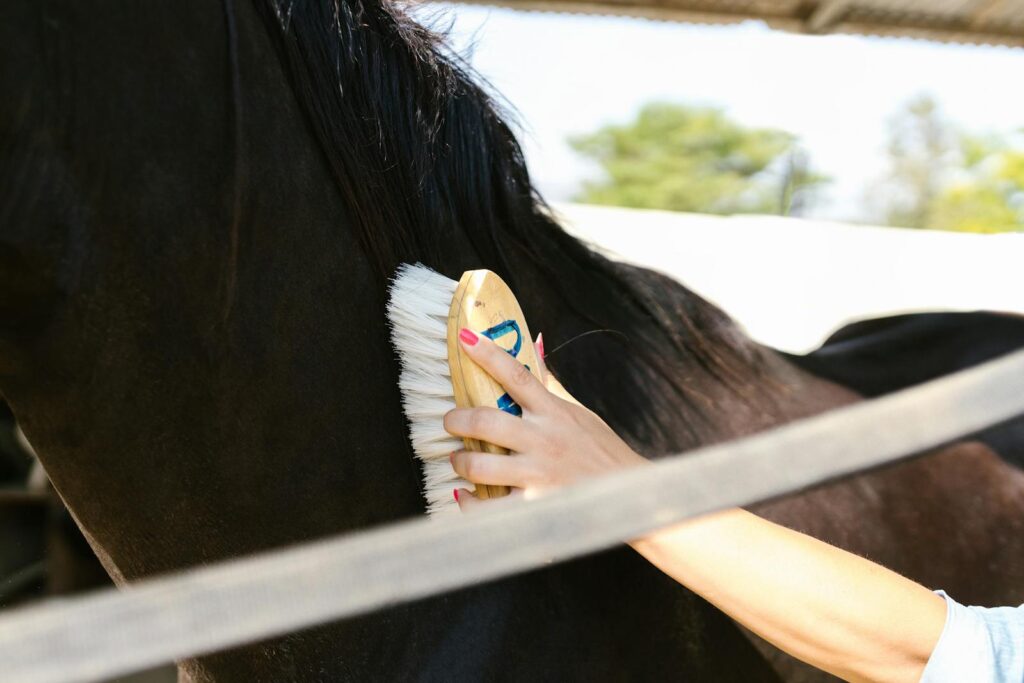
Before introducing a new saddle, it’s helpful to prepare your horse’s back through conditioning exercises and appropriate bodywork. Engage in exercises that strengthen your horse’s topline and core muscles, such as proper collection work, hill work, and backing up. Consider scheduling a session with an equine massage therapist, chiropractor, or osteopath to ensure your horse’s back is in optimal condition and free from any underlying issues that might be worsened by a saddle change. Grooming your horse’s back thoroughly before each fitting session removes dirt, dander, and loose hair that could cause pressure points or irritation. Regularly checking for signs of soreness or muscle asymmetry during this phase establishes a baseline for comparison once you begin using the new saddle.
The Gradual Introduction Approach

One of the most effective methods for introducing a new saddle is a gradual approach, allowing your horse to get used to the new equipment over days or weeks. Start by simply placing the saddle on your horse’s back for short periods (5–10 minutes) without tightening the girth or mounting, letting them feel the weight and pressure without the stress of work. Gradually increase the duration of these sessions, paying close attention to your horse’s reactions and comfort level. Once your horse calmly accepts the saddle’s presence, move on to lightly tightening the girth and leading them around briefly before eventually mounting for short, low-intensity rides. This methodical process respects your horse’s need for adjustment time and helps avoid negative associations with the new saddle.
Using Familiar Equipment During Transition
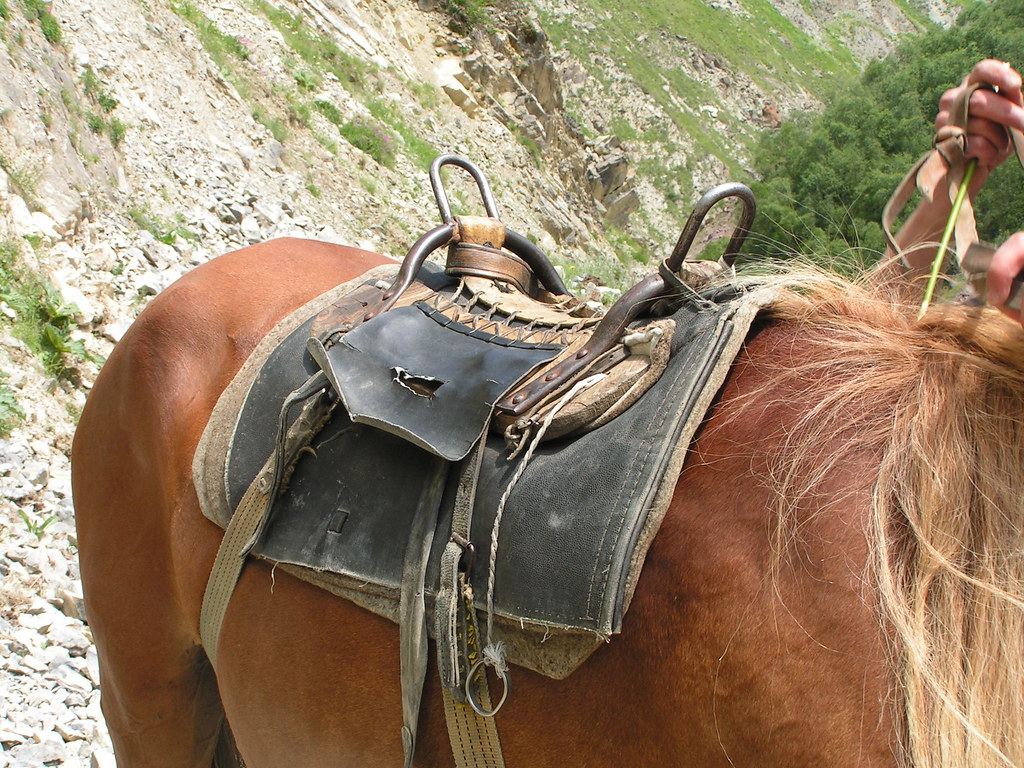
Keeping elements of familiarity during the transition period can greatly reduce your horse’s stress and improve their acceptance of the new saddle. Continue using your horse’s regular bridle, saddle pad, and other tack to provide consistency where change isn’t needed. Some riders have success using the old and new saddles on alternating days, gradually increasing the frequency of rides with the new one until it becomes the primary saddle. If your old saddle pad fits well with the new saddle, consider continuing to use it temporarily, as it carries your horse’s scent and familiar pressure patterns. However, make sure it doesn’t interfere with the fit of the new saddle, as this could cause more harm than good.
Monitoring for Signs of Discomfort

Throughout the introduction process, watch closely for signs your horse may be uncomfortable with the new saddle. Immediate signs include pinned ears, tail swishing, bucking, rearing, or resistance to mounting or movement. Subtler signs might be reluctance to move forward, head tossing, hollowing the back, or uneven stride lengths. After riding, remove the saddle promptly and check for uneven sweat patterns, dry spots (indicating pressure points), or areas of redness or hair loss. Monitor your horse’s behavior between rides, too—difficulty rolling, stiffness when turning, or hesitation to be caught for the next ride could all suggest discomfort. Address any concerns immediately, rather than waiting for your horse to “get used to it,” to avoid injuries and long-term behavioral issues.
The Role of Professional Saddle Fitters
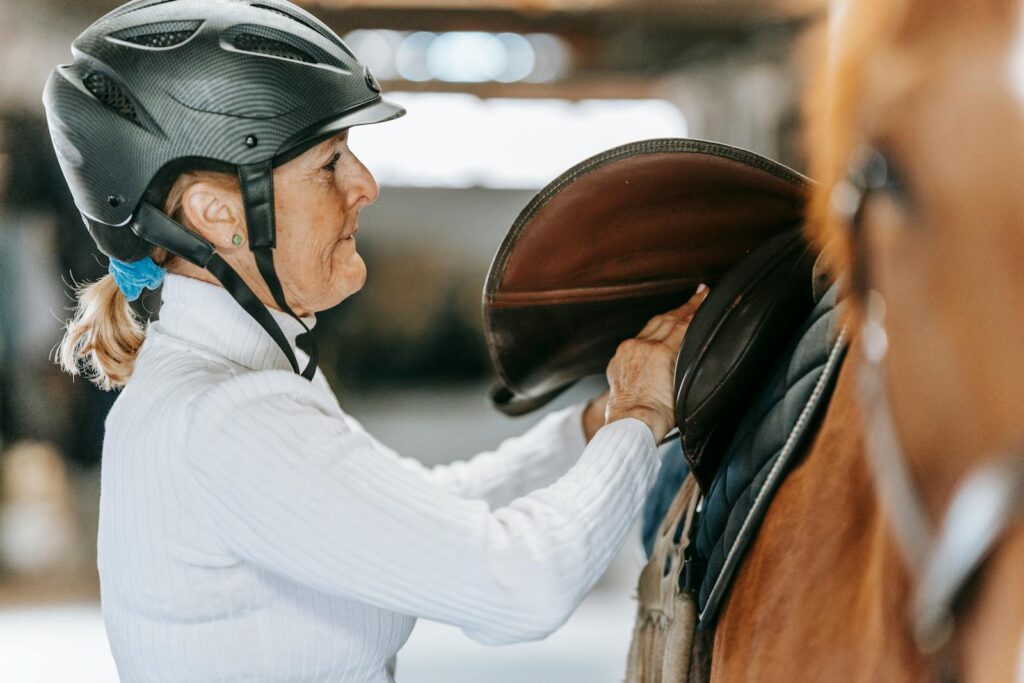
Even with careful selection, a new saddle may need adjustments as your horse adapts and as the saddle breaks in. Scheduling follow-up appointments with a professional saddle fitter during the first few months helps ensure the saddle continues to fit correctly. A good fitter can adjust flocking, panel positioning, or even the tree width in some saddles to match your horse’s evolving shape. They can also teach you how to recognize when future adjustments are needed, helping you maintain a proper fit long-term. The cost of a professional fitting is a worthwhile investment when compared to the potential expense of treating saddle-related injuries or fixing behavior issues caused by discomfort.
Incorporating Positive Reinforcement
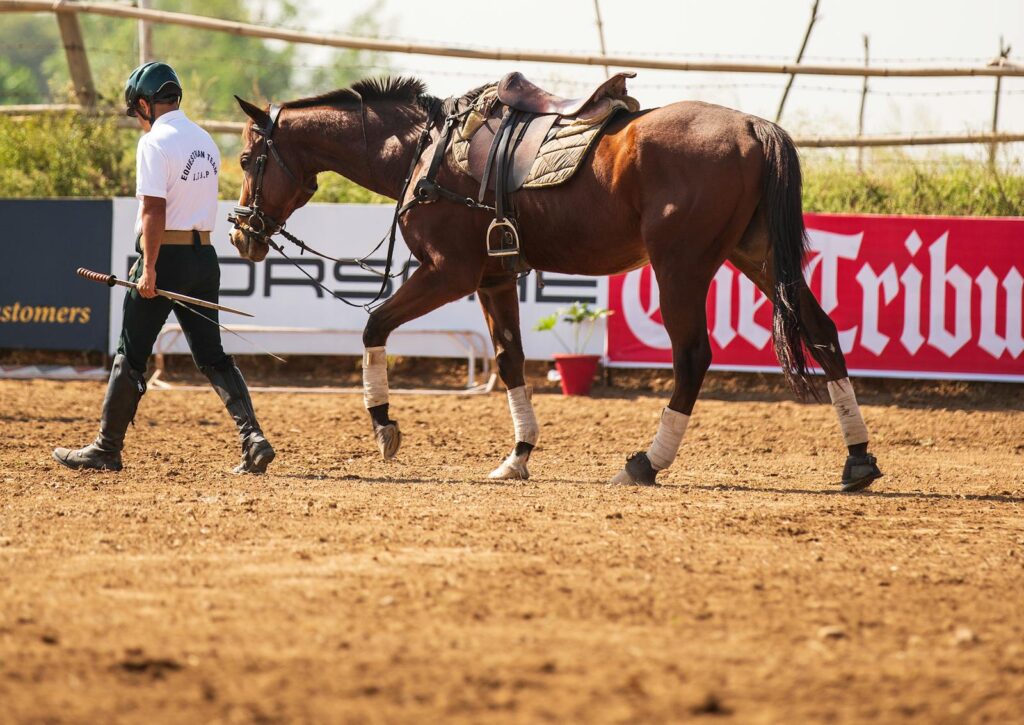
Creating positive associations with the new saddle can significantly improve your horse’s acceptance and comfort during the transition process. Consider implementing a reward system during introduction sessions, offering treats, praise, or favorite scratches when your horse shows relaxation or acceptance of the new equipment. Keep initial riding sessions in familiar, low-stress environments, focusing on exercises your horse enjoys and excels at rather than introducing challenging work simultaneously with new tack. Some horses benefit from groundwork sessions wearing the new saddle before being ridden in it, building confidence and positive associations without the added pressure of carrying a rider. Remember that your own attitude and energy during this process can influence your horse’s response—approaching saddle introduction with patience, confidence, and a positive mindset helps your horse understand there’s nothing to fear.
Choosing Appropriate Saddle Pads and Accessories

A good saddle pad can make a big difference in your horse’s comfort during the transition. Choose pads made from breathable, moisture-wicking materials that work well with your new saddle’s design. Avoid using corrective or specialty pads unless recommended by a saddle fitter, as these can interfere with the saddle’s fit. Consider the climate and your horse’s sweat patterns when picking pad thickness and materials—what works in cold weather may cause overheating in warmer months. If your new saddle requires a different style of pad than you’re used to, introduce it gradually, possibly starting with your old pad if it’s compatible.
Breaking In Leather Saddles Properly
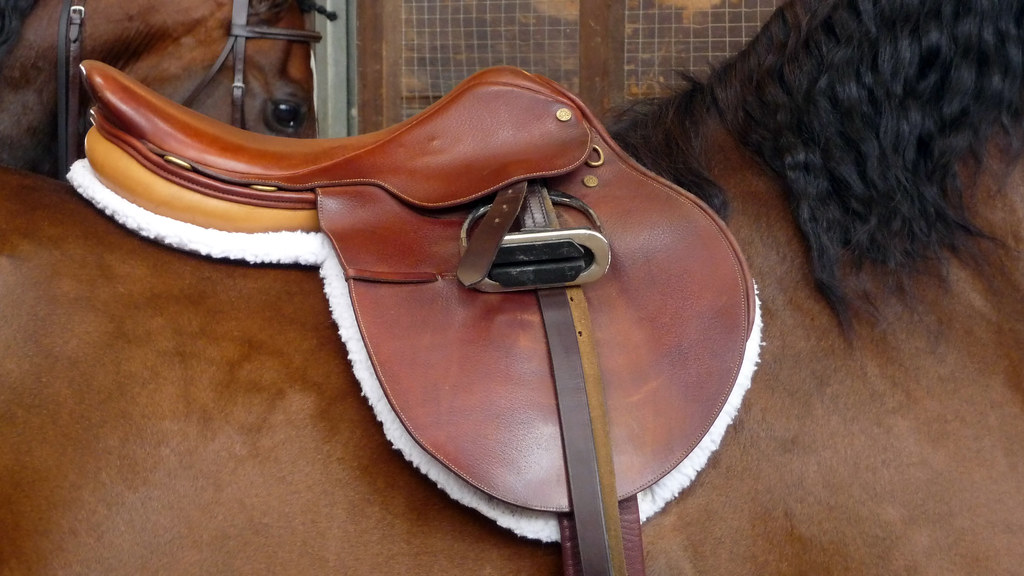
New leather saddles require their own break-in period to soften and conform to both horse and rider. Before using a new leather saddle on your horse, spend time conditioning the leather properly with appropriate leather care products recommended by the manufacturer. Some riders find it helpful to place the saddle on a saddle horse or similar object and apply weight to the seat to begin the breaking-in process before using it on their horse. During initial rides, the leather will begin to soften and mold to your horse’s shape, but this process should be gradual to prevent creating pressure points from stiff leather. Quality leather saddles typically require 20-30 hours of riding to break in fully, during which time you should be especially attentive to your horse’s comfort and any signs that adjustments are needed.
Managing Transition for Sensitive or Senior Horses
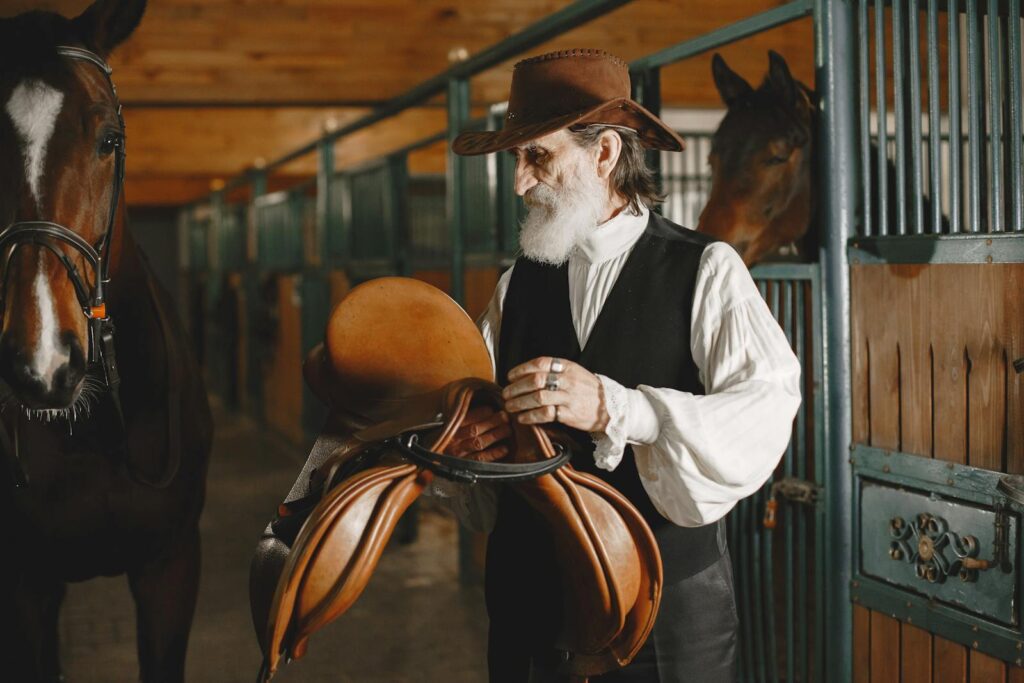
Horses with a history of back problems, senior horses with age-related muscle atrophy, or particularly sensitive individuals require an even more careful approach to saddle introduction. Consider using a saddle with an adjustable tree for these special cases, allowing for more precise customization as your horse’s comfort needs become apparent. The transition period should be extended significantly, possibly doubling the usual timeframe to allow for more gradual adaptation. Incorporating regular bodywork sessions during the transition can help address any minor discomfort before it develops into a significant problem. For these horses, using technologies like pressure mapping during the fitting process can provide valuable objective data about pressure distribution and potential problem areas that might not be immediately apparent through observation alone.
Adjusting Your Riding Style During Transition
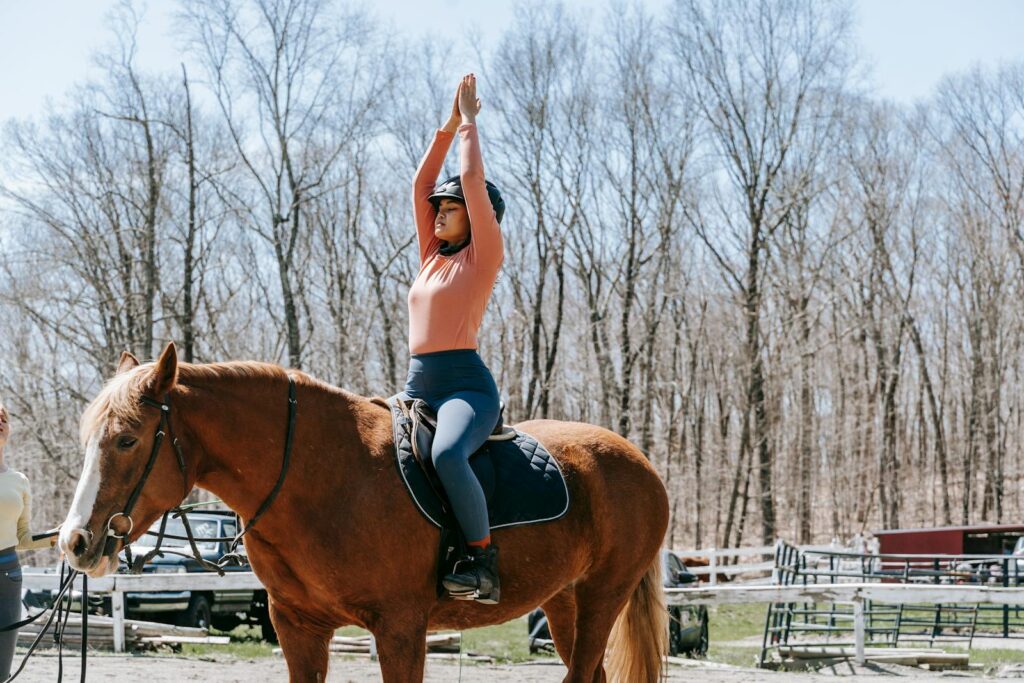
A new saddle can change your position and balance, which might affect your horse’s comfort. Focus on maintaining a balanced, quiet seat during the transition, rather than demanding collected or extended work in unfamiliar tack. Consider taking a lesson or two with a qualified instructor to help adjust your position and ensure you’re not causing discomfort through unintentional imbalances. Be mindful of how you distribute your weight—leaning to one side or sitting too far forward or back can create new pressure points. Some riders find that riding bareback or doing longe-line work helps them reconnect with their horse’s natural movement without the saddle as a variable.
Creating a Timeline for Complete Transition

While every horse is different, establishing a general timeline for the complete transition to a new saddle helps set appropriate expectations and prevents rushing the process. For most horses, plan for a minimum 2-3 week introduction period, beginning with the gradual approach described earlier and slowly increasing the duration and intensity of work in the new saddle. By weeks 3-4, most horses can comfortably work in the new saddle for full-length sessions, though you should continue monitoring closely for any delayed signs of discomfort. The saddle’s break-in period may continue for several months, during which minor adjustments might be necessary as the saddle conforms to your horse and your riding style. Remember that seasonal changes in your horse’s weight and muscle tone might necessitate reassessment of saddle fit throughout the year, particularly during the first year of use.
The process of introducing a new saddle to your horse is an investment in their comfort, your safety, and the quality of your partnership. By approaching this transition methodically, with attention to your horse’s physical and emotional responses, you can minimize discomfort and create a positive experience for both of you. Remember that proper saddle fit isn’t a one-time event—it’s an ongoing process that should evolve as your horse’s body changes through training, age, and seasonal shifts. The time and care you invest will be rewarded with a comfortable, willing equine partner ready to perform without the burden of saddle-related discomfort.







